Beryl’s remnants continue to move northeastward. The system threatens western Pennsylvania, upstate New York, and northern New England.
Forecasters predict tornadoes and flash flooding in these areas. Beryl demonstrates how tropical systems can impact inland areas long after landfall.
Tornado Risk Remains High
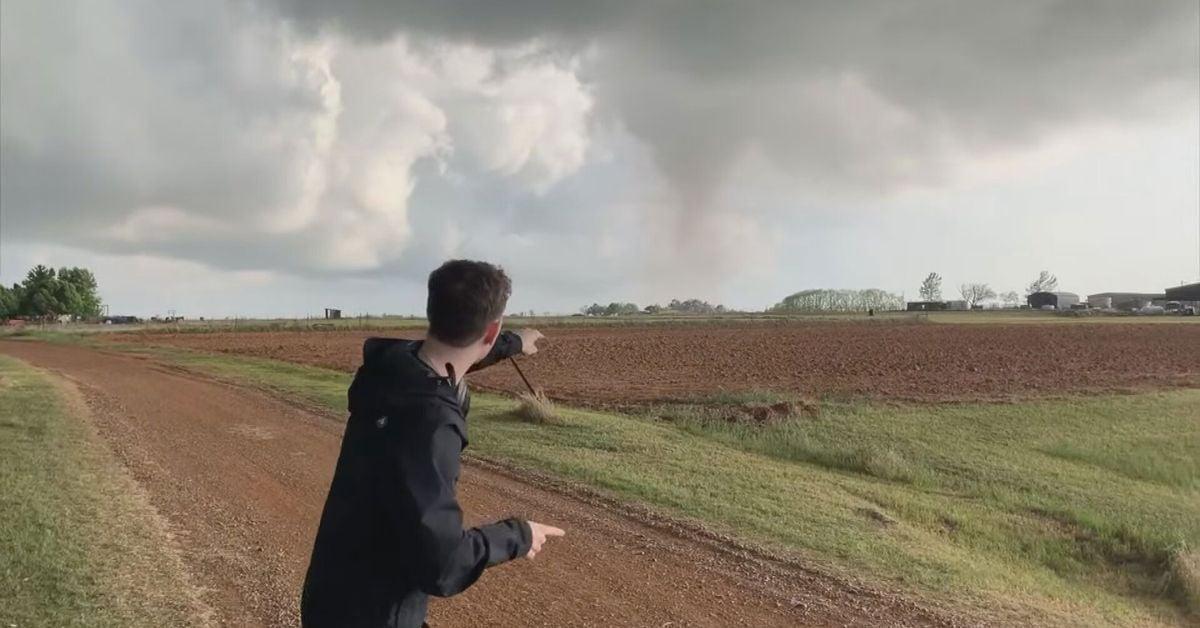
Tornadoes pose a significant threat in the Northeast. Two tornadoes already touched down in Kentucky and Indiana.
The Storm Prediction Center issues an average of 1,000 tornado warnings annually. Tornadoes from tropical system remnants account for about 10% of all U.S. tornadoes.
Flash Flooding Danger Intensifies
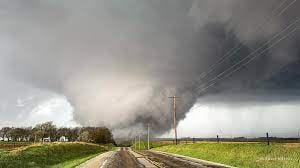
Northern New York, Vermont, and New Hampshire face severe flash flood risks. Up to 5 inches of rain may fall in a short period.
Flash floods kill an average of 88 people annually in the U.S. The Northeast experienced a 71% increase in heavy precipitation events from 1958 to 2012.
I-95 Corridor Narrowly Spared
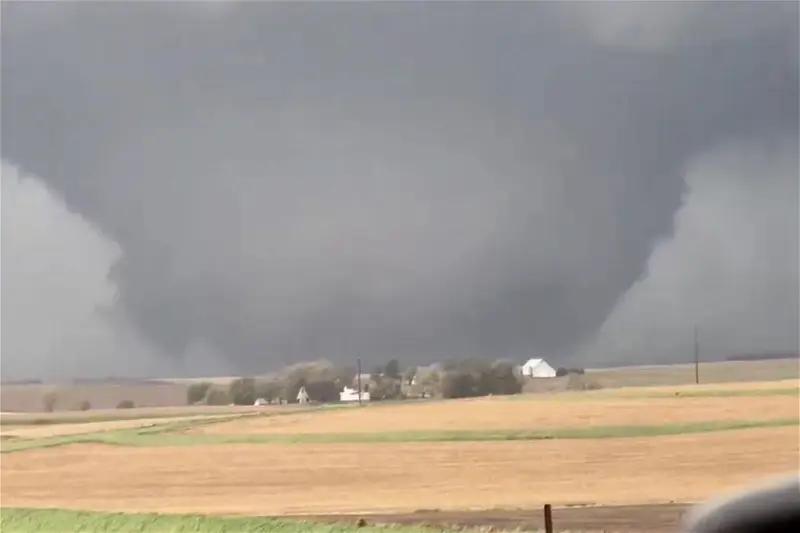
The worst impacts should remain north and west of I-95. This heavily populated corridor includes major cities like Boston and New York.
I-95 corridor contains about 40% of the U.S. population. Tropical systems affect this region once every 1-2 years on average.
Beryl’s Deadly Texas Landfall
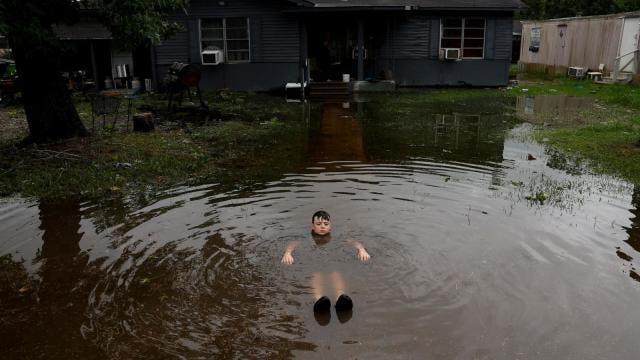
Hurricane Beryl made landfall in Texas as a Category 1 storm. At least eight people died in Texas and Louisiana.
One victim was a Houston Police Department civilian employee. Category 1 hurricanes have sustained winds of 74-95 mph.
Arkansas Experiences Severe Flooding
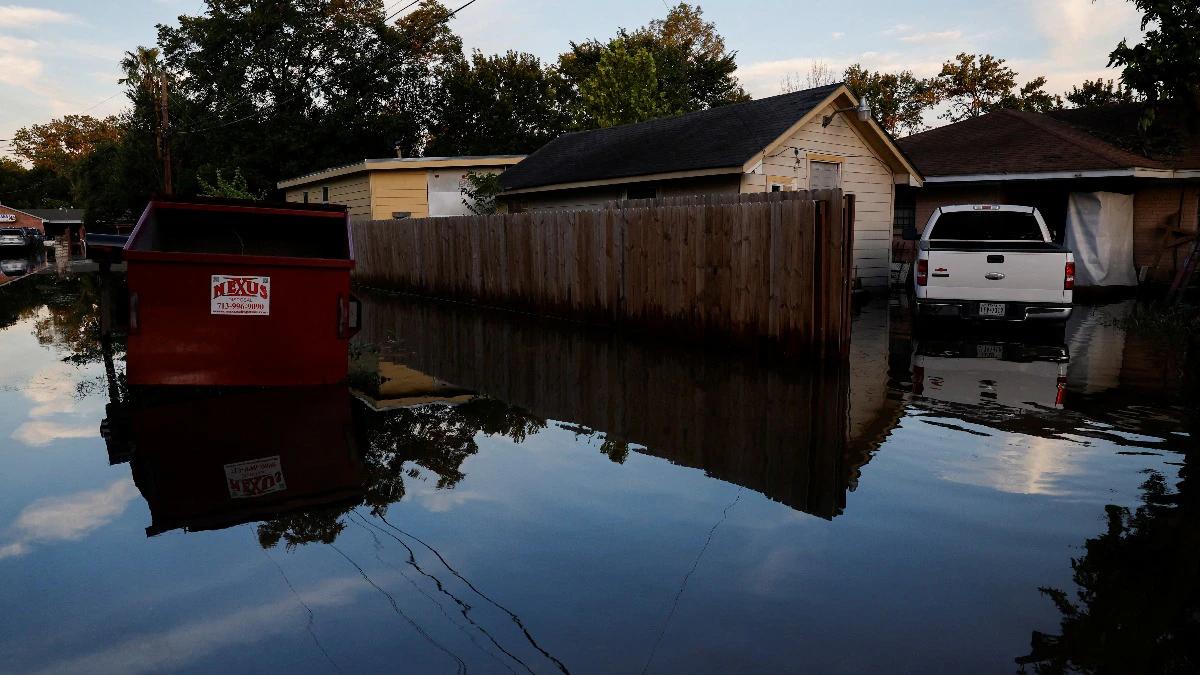
Little Rock, Arkansas saw up to 8 inches of rain. The deluge flooded homes and neighborhoods.
Arkansas averages about 50 inches of rain annually. This single event delivered about 16% of the area’s yearly rainfall.
Michigan Hit by Flash Floods
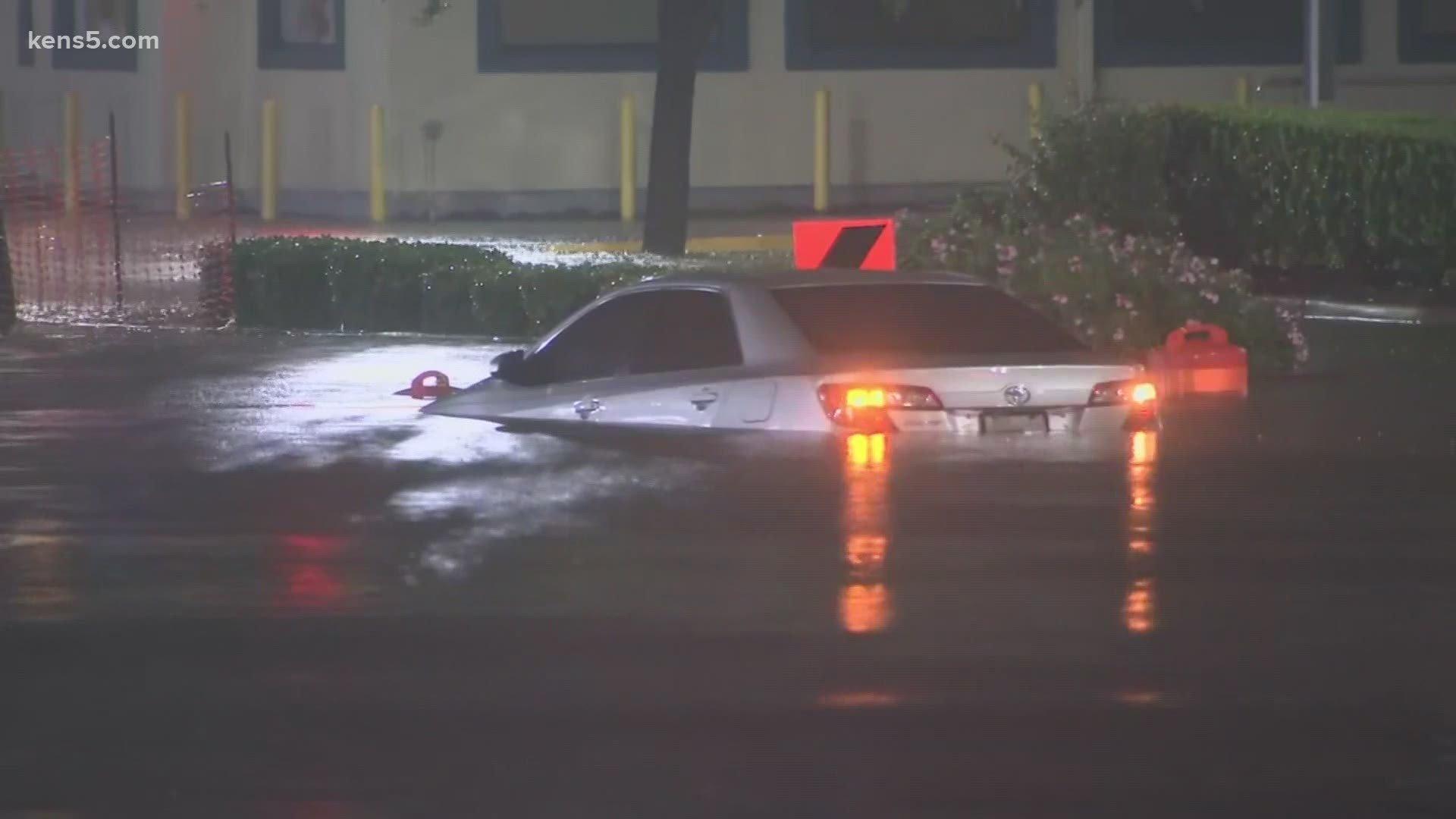
Lansing, Michigan received 3.6 inches of rain in 100 minutes. This intense rainfall caused flash flooding in the area.
Lansing’s average monthly rainfall for September is 3.03 inches. This single event exceeded the monthly average by 19%.
Widespread Power Outages Persist
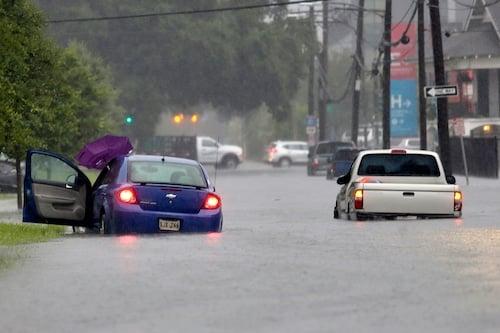
Over 1.7 million Texas customers lost power. Outages continued almost two days after the storm.
Texas has experienced five of the ten costliest hurricanes in U.S. history. Power outages from hurricanes can last days to weeks.
Beryl’s Historical Context Examined

Beryl is the second named storm of the 2024 Atlantic hurricane season. The Atlantic basin averages 14 named storms annually.
Scientists predict more intense hurricanes due to climate change. The 2020 season set a record with 30 named storms.
Economic Impact of Beryl
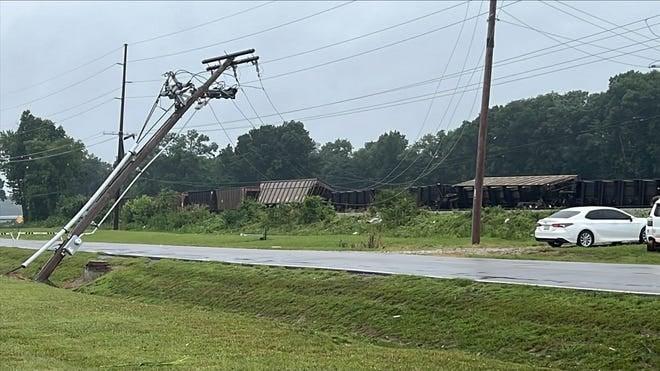
Hurricane damage often results in billions of dollars in losses. Beryl’s full economic impact remains to be calculated.
The average hurricane causes about $21.6 billion in damages. Insurance companies typically pay out $1.5 billion annually for hurricane-related claims.


